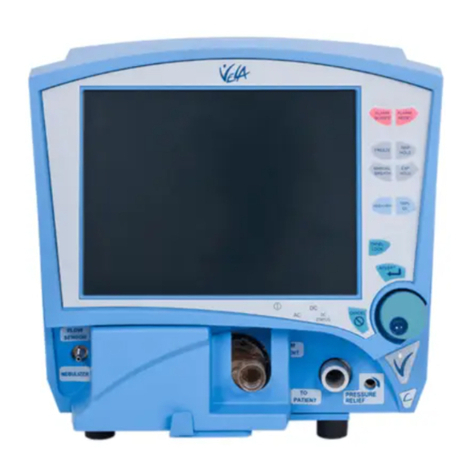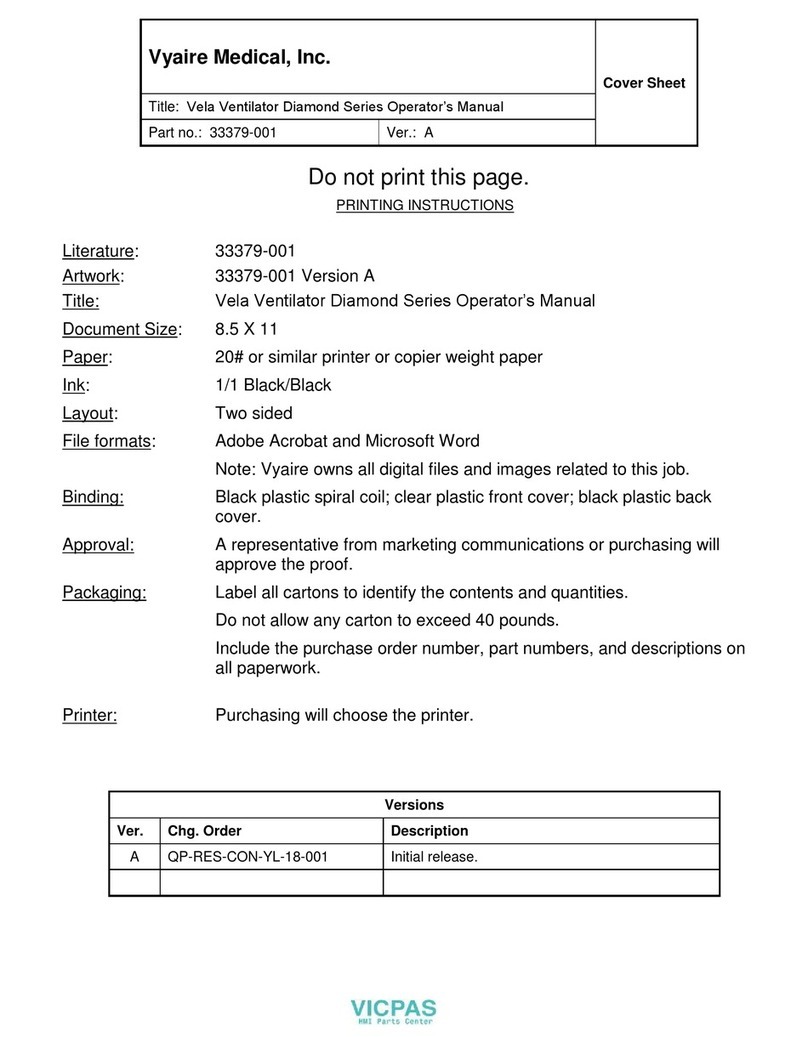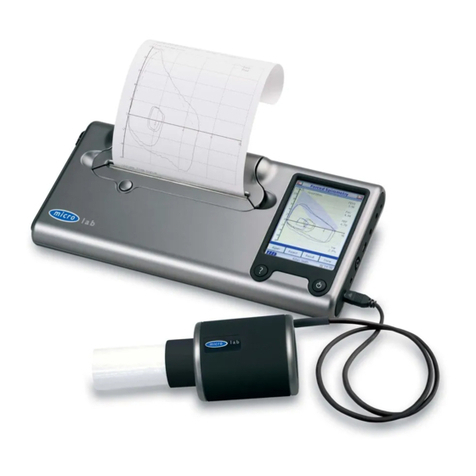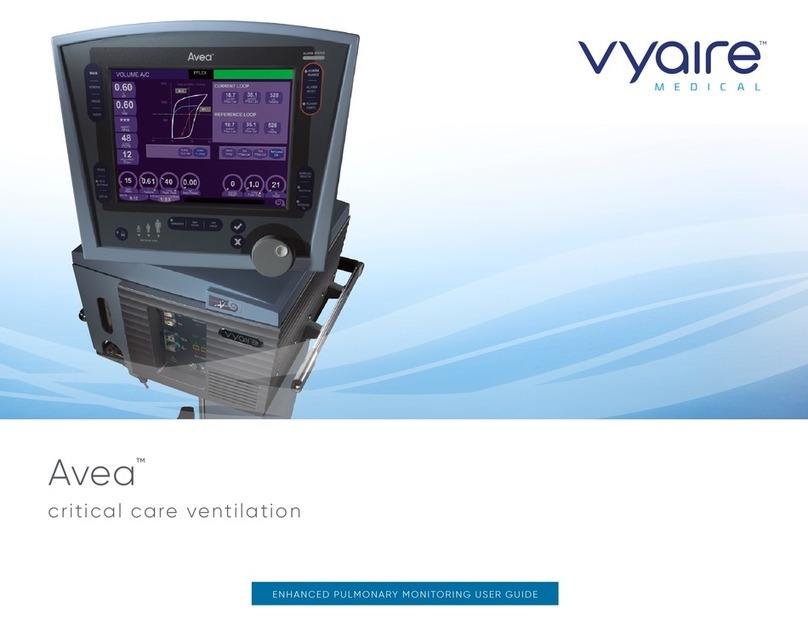
V Introducción - Español.............................................113
Contenido...........................................................................115
Software PUMA para PC........................................................116
Contraindicaciones...............................................................117
Advertencias y precauciones .................................................117
Indicaciones de uso .............................................................118
Funcionamiento: presiones bucales
(PImáx/MIP + PEmáx/MEP) ..................................................119
Prueba PImáx (MIP).............................................................120
Prueba PEmáx (MEP) ...........................................................121
Funcionamiento: SNIP (Presión de inhalación nasal).................122
Prueba SNIP .......................................................................123
Apagado ............................................................................123
Batería ..............................................................................124
Sustitución de la batería.......................................................124
Instrucciones de limpieza .....................................................125
Supercies externas del espirómetro .....................................125
Accesorios de limpieza .........................................................126
Calibración .........................................................................127
Mantenimiento....................................................................129
Duración del producto..........................................................129
Información para solución de problemas.................................129
Designación de seguridad conforme a IEC 60601-1..................130
Compatibilidad electromagnética (CEM) de acuerdo con IEC 60601-
1-2....................................................................................131
Símbolos............................................................................136
Especicaciones ..................................................................137
Consumibles y accesorios .....................................................138
VI Customer contact information..................................140
7


































